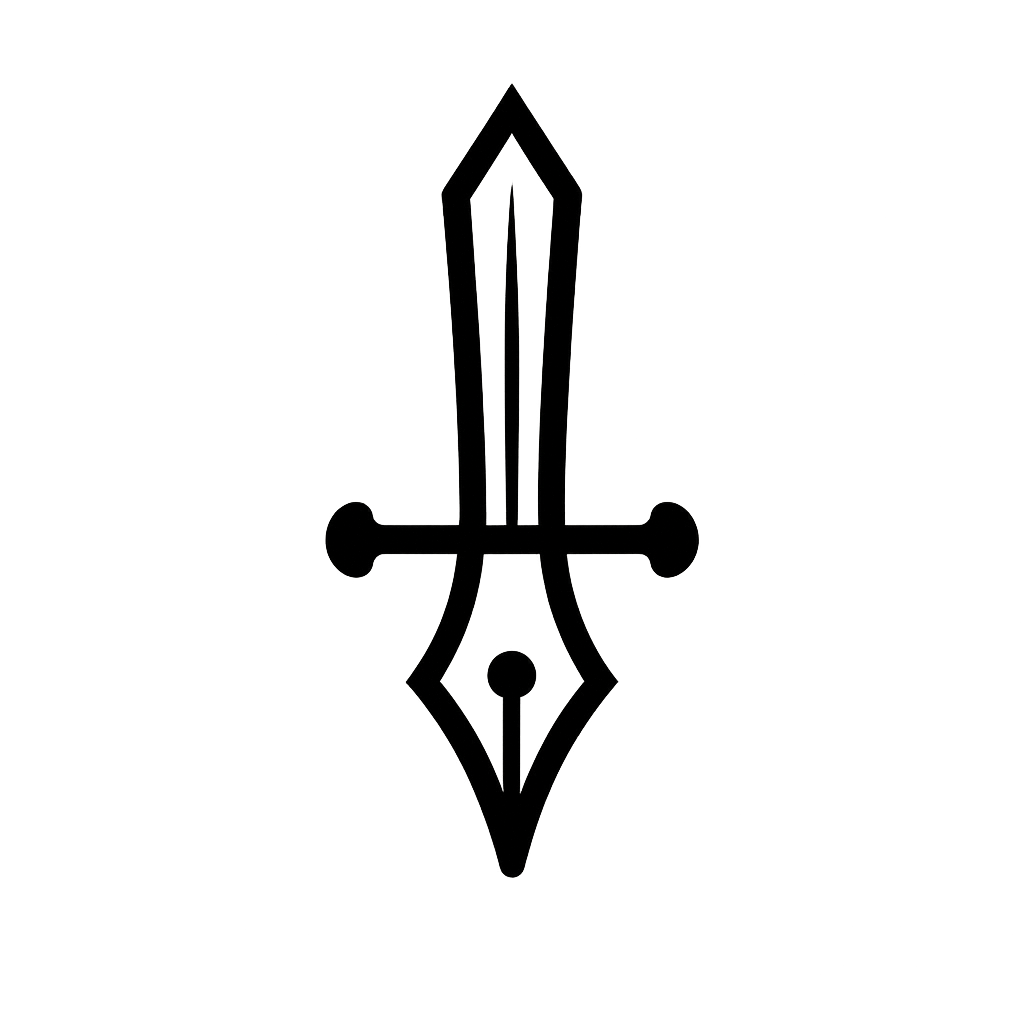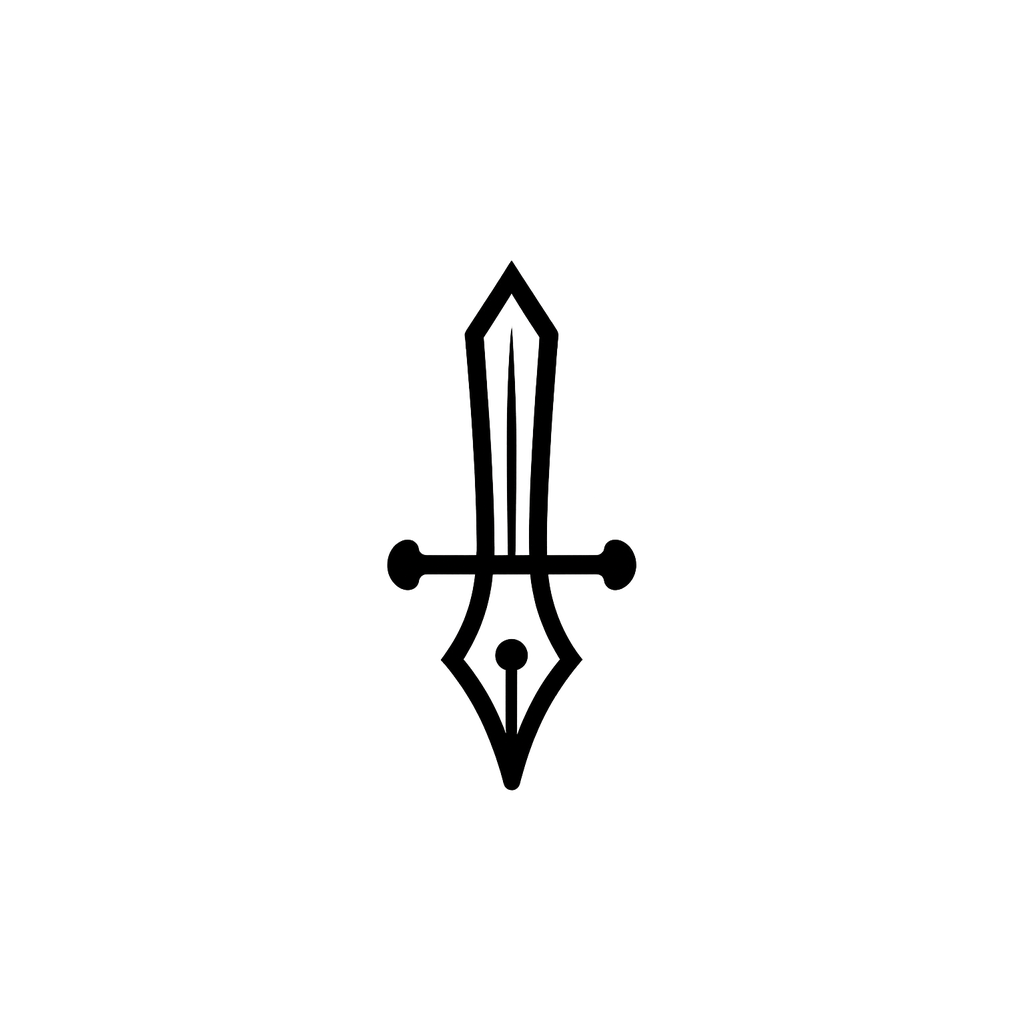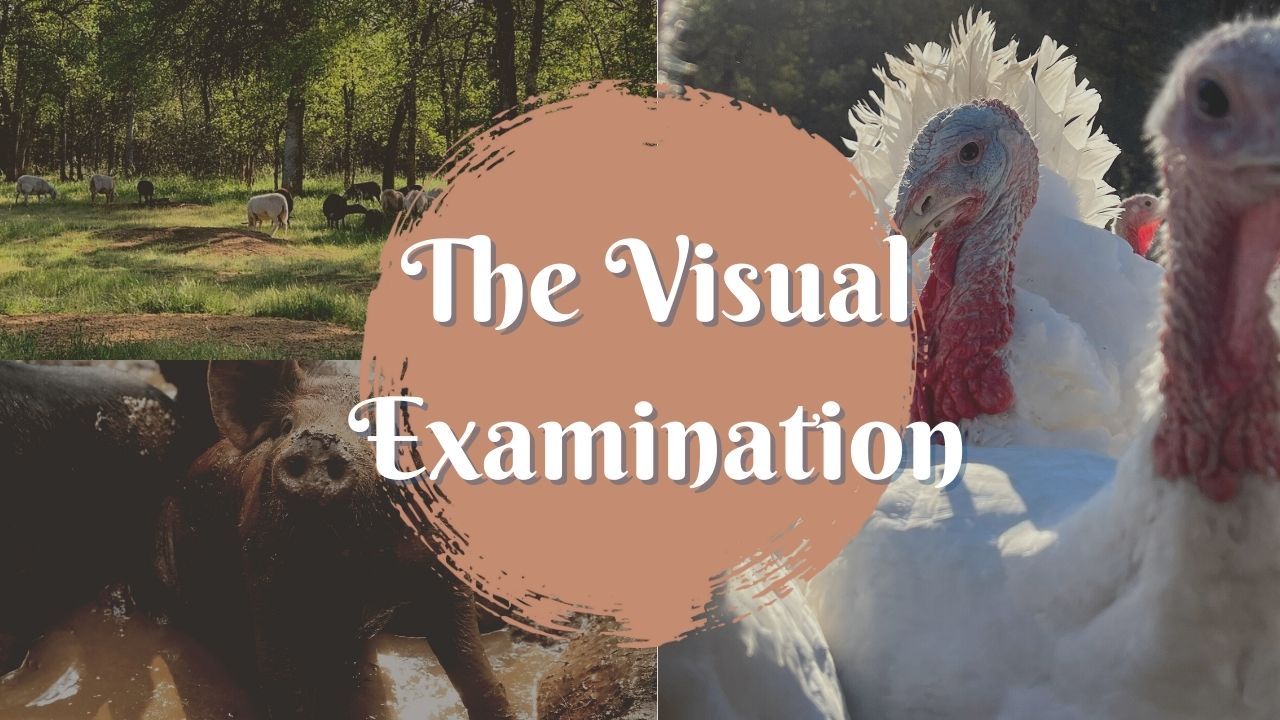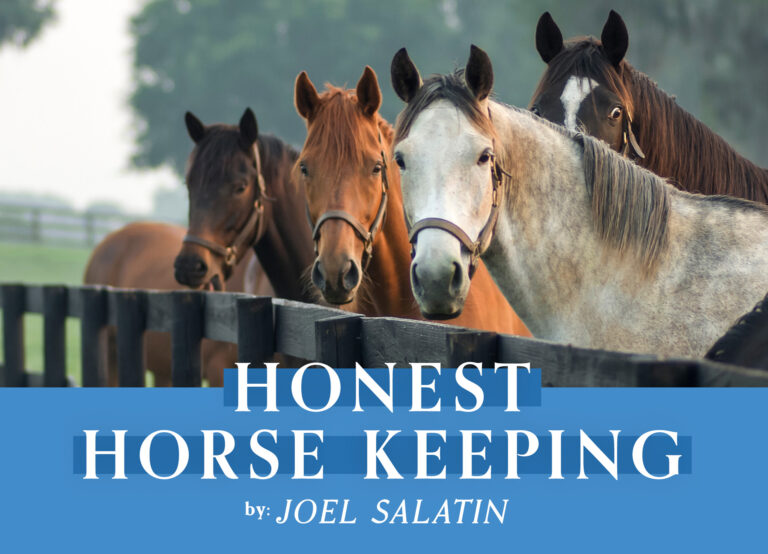The Art and Science of Watching your Animals
The squeak of the grass, as it’s pinched between tooth and gum, harmonizes with the slow, baritone hoof beats of the flock advancing across the shadowy hillside. Each individual navigates independently, but pulses forward in unison with the band, as if obeying a silent command to push on just past the next sunlit clearing, and then the next, and the next.
The matriarchs lead, trailed by their lambs, with the yearlings fortifying the rear guard. Each one keeps pace, heads down, gently surging forward. Occasionally a deep crunch will interrupt the squeaking and plucking, as a ewe finds an overwintered acorn and prepares it for delivery to her rumen.
Perennial wool has filled in the once-sleek hair coats, rounding and smoothing bony, topline prominences. Their slender limbs shimmer with morning dew, droplets running down their muzzles as they push through the saturated grass.
Heads spring up to attention when my presence is realized. Ears are focused ahead, eyes are bright with prismatic light as sunbeams enter from the east and refract in every direction. Steam swirls up from their nostrils in sync with the rhythmic relaxation of their chests.
Nervous lambs rush by twos to their mothers’ sides, where udder reassurance awaits. The lead ewe stamps her forelimb in warning to my canine accompaniments. They watch me, hoping my hand will produce a grain bucket.
I seize their stillness for a closer evaluation, and my visual examination begins:
Head count: 60, all here.
Fleeces: smooth and intact, no evidence of disruption.
Heads: symmetrical, ears erect. By now, most have commenced cud chewing.
Noses: wet with dew, but no discharge. Steam rises from both sides equally.
Eyes: fully open, clear and bright.
Mouths: milk foam punctuates the corners of lamb lips.
Necks: muscular and mobile.
Respirations: slow and effortless.
Bellies: full, flanks slightly rounded.
Tails: intermittently flick when pebble-like manure is produced.
Urinations: brief, evidence of their normal, sheepish anxiety.
Vulvas: involuted to their pre-lambing states, all postpartum discharge resolved.
Hind limbs: stride comfortably past half-full, even udders, teats clean and recently nursed.
Lower limbs and joints: no swellings or asymmetries are appreciated. Weight is born equally on all four hooves.
Examination complete. I’m satisfied. Beyond satisfied, exuberantly thankful. I adore this time. I’d perch on a stump and watch them for hours, but for the hungry bellies awaiting me in the house.
They follow as I turn to retrieve the much-anticipated grain bucket I had stashed behind the white oak. Their cooperation is rewarded with a few bites and we part, until tomorrow’s exam.
This is my daily habit with my flock of sheep from mid-winter through spring, from the beginning of lambing season through the months of most abundant lactation, rapid lamb growth, increased nutritional demand, wet conditions, and intense predator pressure. Detailed examinations taper to more brief once-overs later in the year, but never do they cease.
The visual examination is the ridgepole of wise animal husbandry.
It’s the analysis of your animals before taking one step toward touching them. Prevention is the best medicine, but expedient problem identification is a close second.
No matter the species, animals are exponentially tougher than humans and will hide pain and illness for as long as they can bear. It’s instinct. It’s a protective measure against starvation and becoming the invitation to dinner for which nearby predators lie in wait. By degrees, all animals bear this trait, but our farm stock, being prey animals, are skillfully proficient. Thus, we can quickly be in a mess of trouble by not recognizing dis-ease in its most subtle manifestations. Those ever-so-slight deviations from normal that we can detect with our eyes, more times than not, are only the very tip of the iceberg.
Watch your animals.
Get comfy on that upturned bucket, or a fence rail, or a stump for five to ten minutes a day. And just watch. Learn what’s normal for the group, then narrow it down to what’s normal for individuals. Old animals will have a different set of “normals” than the young, there can be variations between breeds of the same species, stages of reproduction, and so on. Get to know your animals.
A mental checklist, or even a paper checklist for that matter, are valuable tools for ensuring your visual examination is complete every time. And your method does not need to match mine. Just find what works for your thinking process, and stick with it, methodically.
This is my method. It’s here for you to adopt, tweak, and adapt in whatever manner helps you most. Questions below each point are provided as mere sparks for further thought and exploration but are far from exhaustive. With a bit of practice, you won’t need them anyway.
My visual examination works in this order: far to near, nose to tail, and top to bottom.
- Observe the group from a distance, preferably before they appreciate your presence.
- Are they gathered together or spread out?
- Are they relaxed and eating, or anxious and on alert?
- Is there an individual acting contrary to the behavior of the group (ie. lying down when others are standing, isolating when the rest are bunched, falling behind when the rest are moving, watching while the rest are eating, etc.)
- Slowly approach, disrupting the group as little as possible, to a point at which you can visually examine on the individual level.
- Count them – is everyone present?
- Observe behaviors – are they appropriate for the time of day, level of activity, body condition, life stage of the animal, etc?
- Observe appetites if the animals are eating.
- Are they all eating with equal enthusiasm?
- Does feed stay in the mouth of the animal, or does it tend to fall out before it can swallow?
- Are young animals nursing?
- Survey the outer covering of individuals – skin, hides, fleeces, feathers. Look for disruptions in coverings that may clue you in to excessive rubbing/itching, molting (birds), predator assault, and so on.
- Noses – assess for cleanliness, flaring, and presence of swelling.
- Eyes – look for wide, open, clean eyelids, clear corneas with no hints of blue, intact hair surrounding eyes, etc.
Mouths – appearance should be consistent with the feeding activity of the animals- Is there a cud bolus in the cheek of a ruminant?
- Is the animal chewing in a rhythmic, comfortable manner?
- Are the lips and cheeks symmetrical?
- Is there any form of drooly accumulation around the mouth?
- Is feed inappropriately falling from the mouth?
- Necks
- Is the neck strong and holding the head in an alert position?
- Is there any curvature to the neck?
- Is there any swelling beneath the jaw or the underside of the neck?
Feeding time is a good opportunity to perform your daily visual exam.
- Chests
- Breathing should be at regular intervals, consistent with the activity of the animal and ambient temperature
- Compare respiratory rates with surrounding animals – are they comparable?
- Is the abdomen being used to help the animal breathe?
- Are breath sounds quiet? Or are you able to hear wheezes or grunting?
- Belly
- Is it smooth and basically symmetrical? Is one side significantly higher or more prominent than the other?
- Are the flanks caved in or softly rounded?
- Does the animal use a hind foot to kick at the abdomen?
- Tail carriage – this is incredibly variable between species
- Goats will carry their tails in an erect position normally, but this tail carriage is abnormal for other species and can be an indicator of pain, difficulty urinating, pending parturition, etc.
- Does the tail move normally? Does it hang limp?
Ewe starting to posture to urinate. Can you find her facial asymmetry? This was scar tissue from a healed abscess.
- Outputs – monitor stools looking for diarrhea (including dried diarrhea under the tail or across the backside) or overly dehydrated (rocklike) stools and relative ease of defecation. Watch urination as well, evaluating for ease of urination, straining, little production in the face of posturing to urinate, and dark or red-tinged urine.
- External reproductive structures
- Are vulvas an appropriate size for the reproductive stage of the animal? In heat or periparturient animals will have swollen, pink vulvas, and may have discharge.
- Monitor for presence of afterbirth tissues. Has the animal given birth in the last few days? Is there greenish discharge?
- Are males’ testicles symmetrical?
Katahdin ram lamb, late summer. Hair sheep shed their wool through the warm season.
- Udders – observe for symmetry and cleanliness
- Is there redness?
- Is there any crusting of nipples?
- Does the mama move her hind legs with comfort, or does she walk stiffly?
- Lower limbs
- Are the joints knobby and angular? Or do any of them appear rounded and swollen?
- Do the limbs appear equally mobile when the animal walks?
- Are hooves appropriate in length and free of cracks, horizontal lines, and breakage?
- Body position, stance, and gait
- Is the back flat and parallel with the ground, or is it hunched?
- Is it body position symmetrical? Is weight shifted in one direction or another?
- Do hips and shoulders appear to be at equal height, or is one offset?
- Are all limbs bearing equal weight, or is one being favored (bearing less weight relative to the other limbs)?
- Is there any muscle fasciculation/tremor? Are muscles symmetrical between the left and right sides of the body?
- Keep one eye over your shoulder as you walk away
- How do your animals respond to your exit?
- Is this normal for them?
While this particular list is biased toward ruminants, I hope you can see how it can be easily adapted to whatever herd, flock, or gaggle you have at hand.
There are both active/objective and passive/subjective faces to this practice.
We’ve just reviewed the fundamental, active and objective side of the visual examination, which is utterly essential for the successful animal steward.
But there is also a simple joy and satisfaction that should be fostered simultaneously, a softer, more passive, and subjective approach, characterized by a heart-feel that blossoms while watching one’s contended animals graze, forage, ruminate…just be.
Don’t miss this.
It’s the part that can’t be outlined in bullet points, but will be the reason you can keep going back, keep trying, keep stewarding – even when those bullet-pointed questions start revealing problems in your animals, and you find yourself fighting uphill for a while as you work to restore them to health.
This is where you cultivate a real love of observing your creatures. Learn to quietly watch for watching’s sake. Make a habit of this side of the practice as well, immersing yourself in its charm. And see what you learn, how you grow and change, without outlines or checklists.
If the science of husbandry is the kindling & wood, husbandry’s art is the fire. It’s what keeps your perseverance warm when trials turn cold the experience.
Because hardships will come, on that you can depend.
But the flame you’ve kindled in your heart will keep the chill from your hands, so carry on they will, season after season.
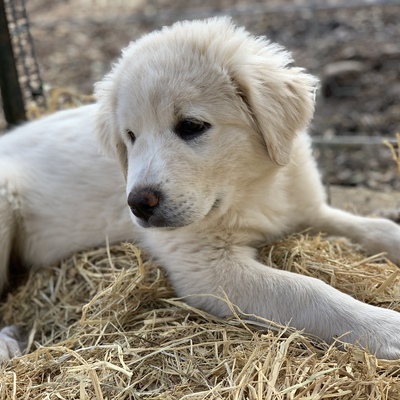
Dr. Bork homesteads alongside her husband and three children on the outskirts of the Northern California Sacramento Valley. Connect with her at Habit of Husbandry on Substack for farm fresh information, without sacrificing inspiration, for the care and stewardship of your homestead creatures. Grafting years of veterinary and farming experience to an old-fashioned love of writing, Dr. B has broken from the hubris that dominates corporate veterinary medicine to teach real, usable husbandry to Creation’s stewards, green and seasoned alike.
